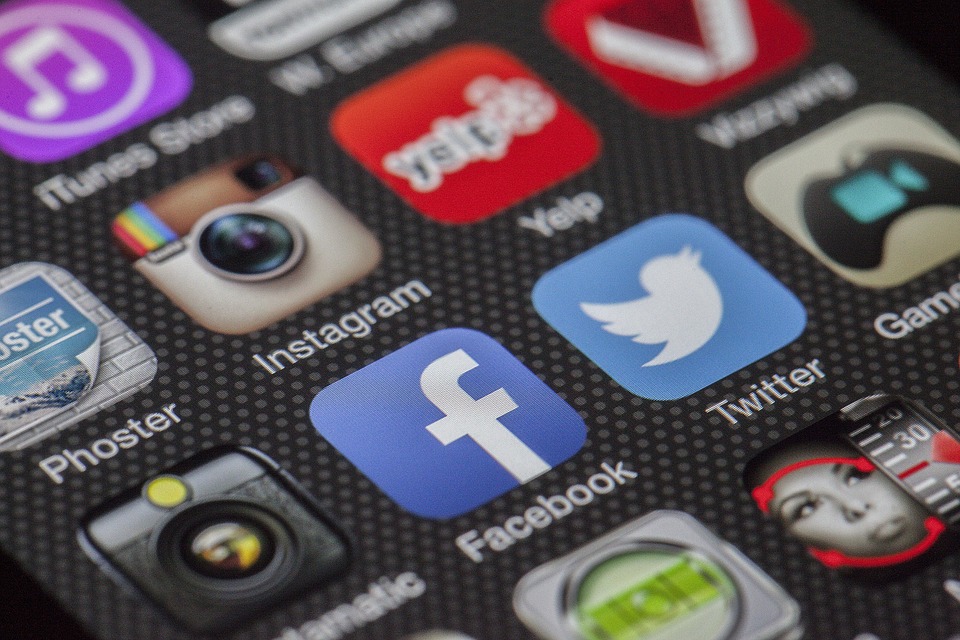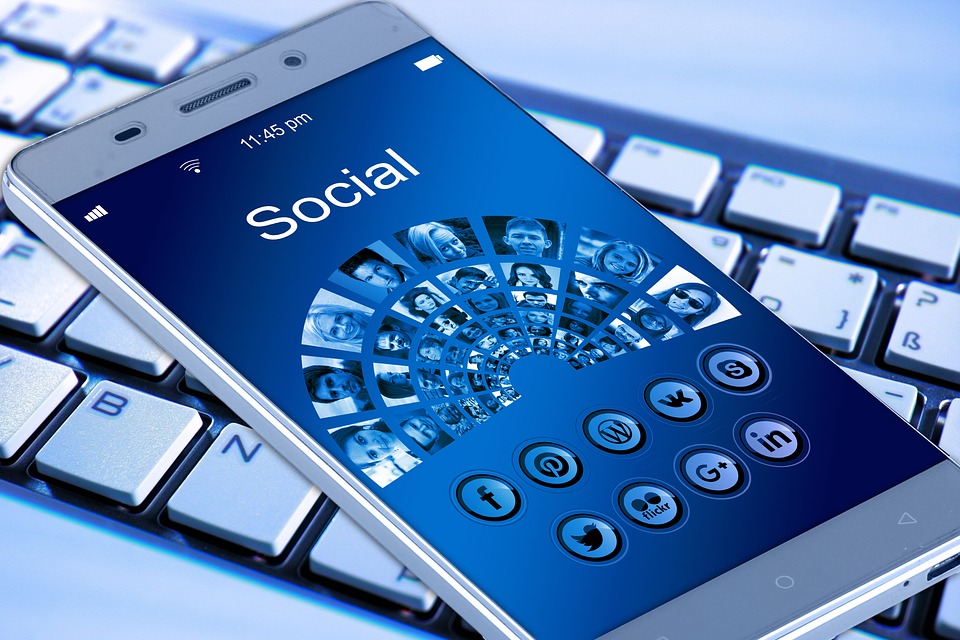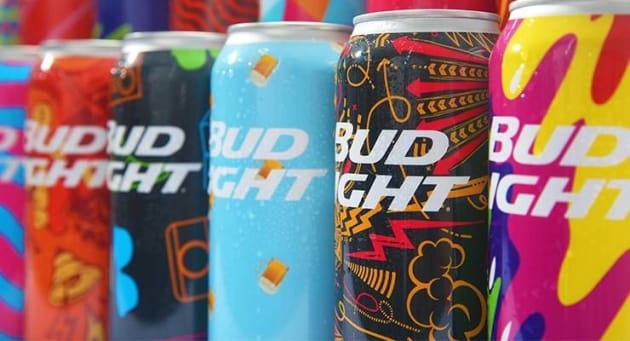If you think sex sells, you’d be wrong. You now need to associate your product with compelling dialogue to make it appear attractive.
By MediaStreet Staff Writers
So maybe a world saturated in free porn and technology has had a rather unpredictable outcome. People are craving conversation and connection in person, and not nameless faceless sex, helped along by tech. Who knew?
Plenty of Fish (POF), a dating website and app, has just released the findings of Conversation Nation, the largest survey on the topic. According to this survey, 90 percent of singles crave great conversation – not sex.
65% of both men and women of all generations believe conversation is a lost art, yet see a great conversation as the top indicator of a successful match.
Conversations should be a primary driver in how singles connect, according to the study. However, 61 percent of singles believe the rise in technology usage has impacted our ability to have meaningful, face-to-face conversations. Nine of 10 respondents identified a great conversation as the gold standard for a great date, bumping out sex by a longshot with only one in 10 opting for it. Compelling dialogue can also make someone appear more attractive, according to nearly 90 percent of respondents.
“The internet is making it difficult for people to have meaningful conversations, so technology companies need to do their part to solve that,” said Celeste Headlee, conversation expert and author. “Learning to have conversations that inspire and enlighten you is achievable.”

POF have decided to concentrate on conversation as the true measure of dating success. The company has just launched “Spark”, a new in-app feature that enables a user to easily initiate a conversation. By picking up and dragging a new conversation icon over any aspect of a potential date’s profile, users can quote and comment on any content – from photos, to anything a user has written about themselves.
“With more conversations than any other dating app, Plenty of Fish is focused on bringing conversation back to singles,” said Hesam Hosseini, CEO, Plenty of Fish. “In the short time we’ve been testing Spark, we’ve seen a 15 percent increase in conversations. Given our scale, this can result in an increase of hundreds of thousands of conversations happening every day on the app, leading to more dates and more relationships – and it is just our first step to bring the art of conversation back to dating.”
Conversation Nation Insights
The Emotion of a Great Conversation
- Nerves run high with Gen Z. While 87 percent said they prefer face-to-face conversations with someone they’re interested in dating, a full 62 percent said they get too nervous for face-to-face. Only 32 percent of Gen X and 26 percent of Boomers felt the same way.
- Fear of rejection (48 percent) and not knowing what to say (43 percent) are the leading reasons why singles are hesitant to start a conversation with a potential date. Of all the generations, Gen Z is least likely to start a conversation because 60 percent have a fear of rejection.
The (Lost) Art of Conversation
- Face-to-face conversation isn’t the only lost art. Letter writing (78 percent), common courtesy (66 percent) and cursive (63 percent) are also on their way out.
- With age comes confidence: Forty-five percent of Gen Z think they need tips or techniques to keep a conversation going, while only 35 percent of Millennials, 25 percent of Gen X and 18 percent of Boomers felt the same way.
- Sixty-one percent believe that technology has impacted our ability to have a meaningful, face-to-face conversation, because it’s distracting (72 percent), people are heads down in their phones (65 percent), and it has just made people worse at speaking face-to-face (61 percent).
Smart + Funny = Key to Attraction
- Nearly nine in 10 respondents have found someone more attractive after having a conversation with them, proving beauty is a lot more than skin deep. Intelligence (42 percent), having a sexy voice (40 percent), and a sense of humour (34 percent) ranked at the top of reasons people got better looking with dialogue. Gen Z and Millennials both selected sexy voice as their top pick, while Gen X and Boomers chose intelligence.
- It does work both ways: Someone can also appear less attractive after a conversation. Having nothing in common (61 percent), coming across as insensitive or mean (58 percent), and having misaligned values (57 percent) dominated an appearance downgrade.
Tech Talk: What Constitutes a Conversation?
- More than 80 percent of respondents agreed that a phone/voice call is a conversation, but division ensues from there.
- Fifty-four percent said texting constitutes a conversation, particularly among Millennials (67 percent) and Gen Z (76 percent). Only one in four Boomers think texting qualifies as a conversation.
- 87 percent of Boomers don’t consider chat apps as a conversation. A majority of Gen Z (54 percent) and 47 percent of Millennials disagree with the Boomer mindset.
- Boomers are significantly more likely than other generations to communicate by email, while Gen X, Millennials and Gen Z prefer texting.
So if you are about to launch that sexy ad campaign, maybe you need to have a rethink. Witty and smart is the new sex, and if any of us want to sell anything, we have to take this on board.





















